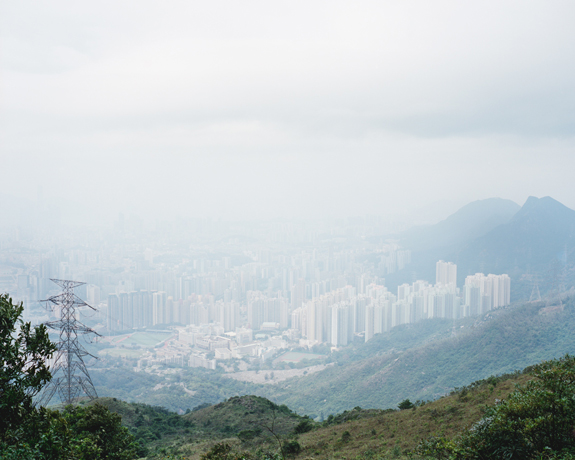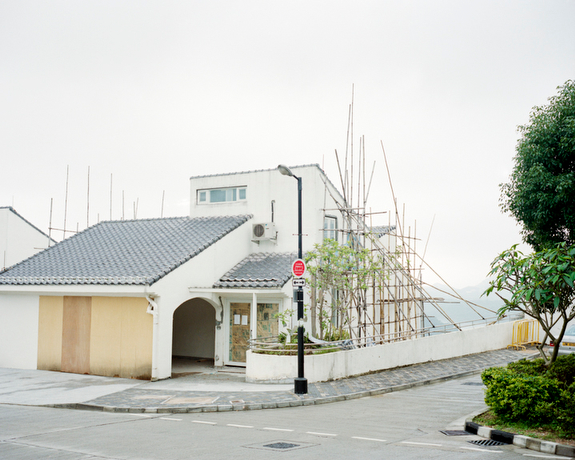
Between wild untouched landscapes and urban areas — or just residential areas, the limits are both marked but still non-existent as nature is everywhere. I use this limit, the area in-between, as a field of police investigation, seeing each area photographed as a potential crime scene spot.
Though Iceland is one of the less criminal countries in the world, where the police seem bored, criminal literature is prolific. That’s why I proposed to Óttar Nordfjord, one of the brightest crime-novel authors, to write a short story in connection with these places that seem so calm but…
— Frédérick Carnet, Saint Marceau, France






















